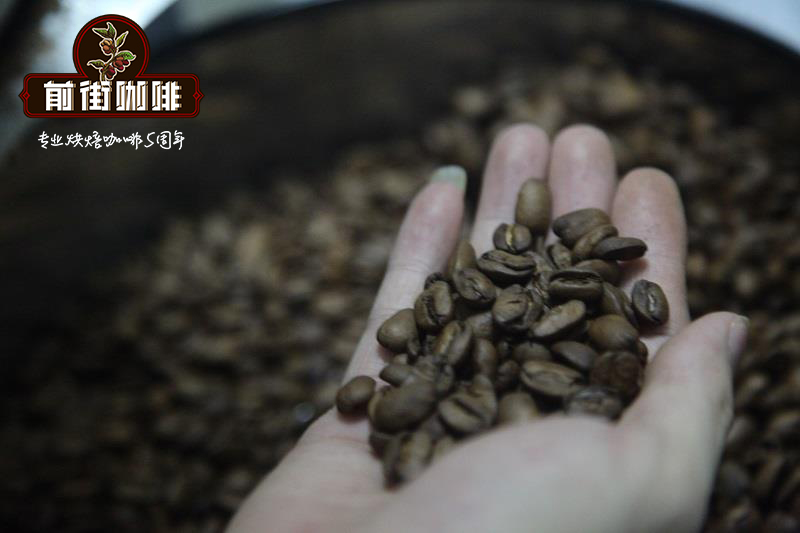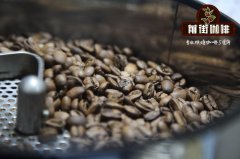Coffee knowledge | what exactly does "clean" mean in coffee roasting?

How to understand "cleanliness" in baking
In the coffee roasting class, I kept talking about how to find "clean" roasting, which is actually the most direct description of the preparation of different drinks and the criteria for judging the coffee beans used for production, so students always ask me, what does "clean" baking mean? Today I would like to explain it in a more specific and visual way through this article, because when it comes to coffee, we must be able to understand the importance of "cleanliness" in different areas of the coffee industry.
The so-called "clean" roasting means that the coffee flavor and aroma that should be reflected based on the origin, variety and processing characteristics of coffee beans are relatively completely preserved through roasting. As we all know, different degrees of roasting will produce different chemicals, thus making the same batch of coffee beans show different flavors. Chemical elements at different stages are produced in different temperature ranges, which means that the more we understand the internal structure and chemical composition of raw beans, the more we can control the formation of flavor.
Generally speaking, if the temperature is not enough, the organic chemicals used to transform flavor and aroma cannot be fully decomposed, then chlorogenic acid will be maintained at a high level, that is, the astringency of coffee, the taste of grass or grain, and the sour taste; at the same time, if the roaster is overheated, the risk of forming a dry distillation chemical flavor will be increased, that is, rubber, smoky, bitter, spicy and charcoal burning taste will be more prominent. Sometimes, rapid baking at high temperature will result in the result that the outer surface of the bean is scorched but the central part is underbaked, in which case the two problems will occur at the same time.
If you can ensure strict compliance with raw bean sample baking standards, and have mastered mature cup testing techniques to make adequate preparations for "clean" baking, then the next thing you need to do is, try to balance or control the variables of all baking tools: speed, firepower, wind speed, weight, and use the right temperature at the right time according to different raw bean varieties and handling methods.
I hope the above explanation can make the concept of "clean" baking clearer.
James Craig / tr. by Phil Newell)
(two Australian baking champions)
Important Notice :
前街咖啡 FrontStreet Coffee has moved to new addredd:
FrontStreet Coffee Address: 315,Donghua East Road,GuangZhou
Tel:020 38364473
- Prev

Do you know the roasting degree of coffee? introduction to roasting degree of coffee
There are different expressions for coffee roasting: shallow roasting (Light), moderate roasting (Medium), deep roasting (Dark), Viennese roasting (Vienna), urban roasting (City), and trickle roasting (Filter). Different names correspond to different degrees of roasting. What you should remember is that roasting is a way to develop the original flavor of coffee beans and
- Next

Knowledge of Italian Coffee | what is Ristretto and how to extract extra strong Italian Ristretto
Search the Internet for what is espresso? You can find a lot of definitions of espresso (Ristretto), but generally speaking, espresso is espresso that is restricted or restricted in some way. The methods of limiting Italian enrichment, why a particular method is chosen, and the final results are varied. This is exactly what today's article is about.
Related
- Beginners will see the "Coffee pull flower" guide!
- What is the difference between ice blog purified milk and ordinary milk coffee?
- Why is the Philippines the largest producer of crops in Liberia?
- For coffee extraction, should the fine powder be retained?
- How does extracted espresso fill pressed powder? How much strength does it take to press the powder?
- How to make jasmine cold extract coffee? Is the jasmine + latte good?
- Will this little toy really make the coffee taste better? How does Lily Drip affect coffee extraction?
- Will the action of slapping the filter cup also affect coffee extraction?
- What's the difference between powder-to-water ratio and powder-to-liquid ratio?
- What is the Ethiopian local species? What does it have to do with Heirloom native species?

